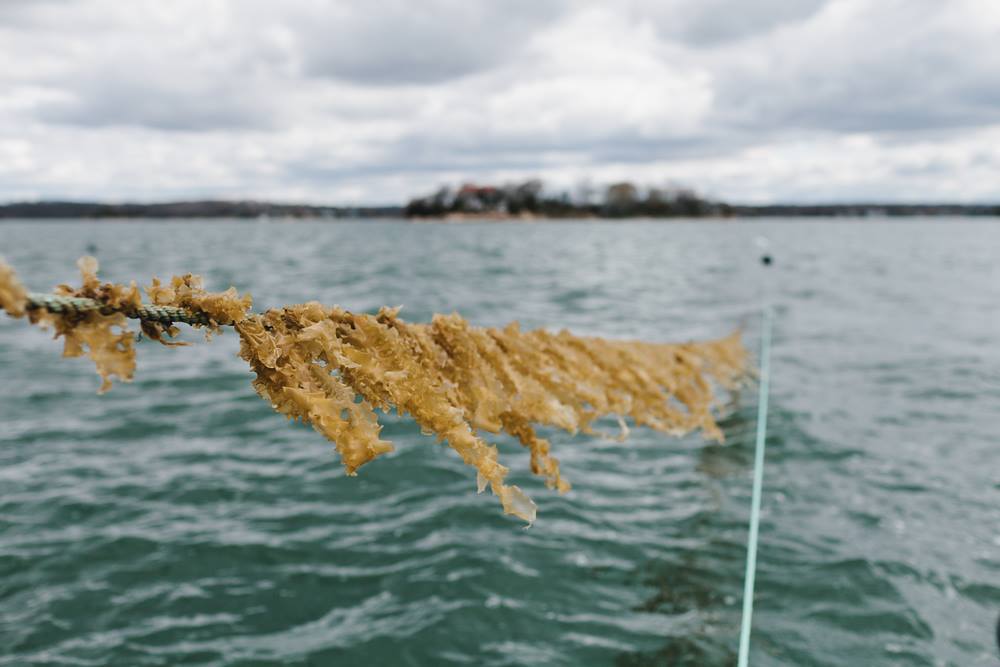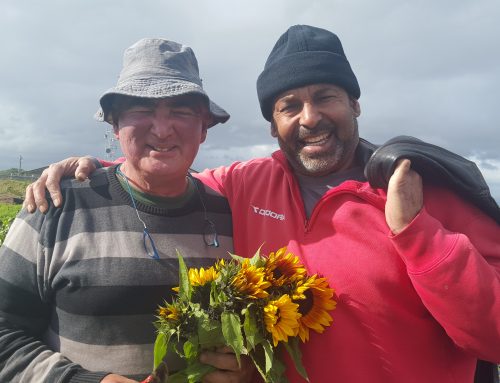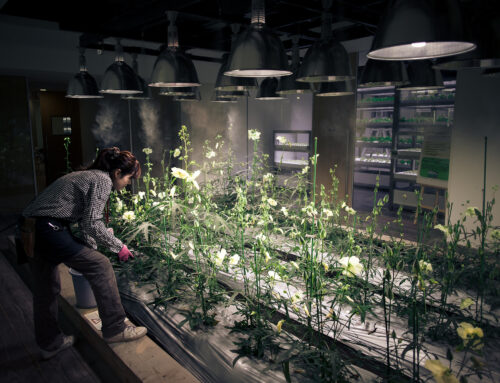Imagine the future of farming. You are probably envisioning rolling hills, tractors, and green fields. Now turn your attention to the seas. For some, this is the frontier. The sea is the future of farming.
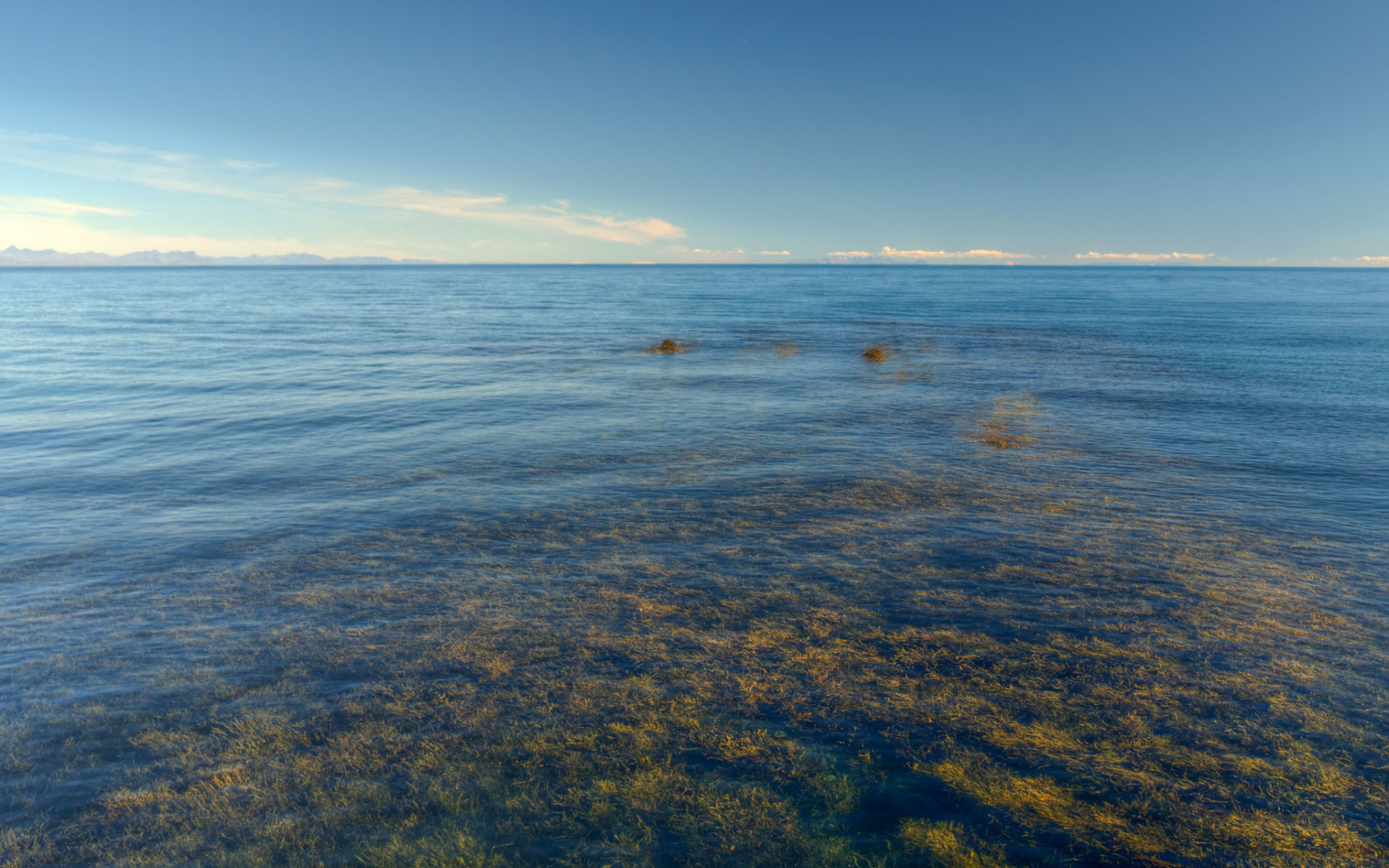
Green Wave is realizing this vision. They are developing and promoting a new form of marine aquaculture which they call “3D Ocean Farming”. This method consists of using the whole ocean column to create a controlled ecosystem that produce a variety of marine food products at the same time, including kelp, mussels, oysters, and clams.
This method is low input, high density, and easily replicated. The set-up consists of rope scaffolding, hurricane-proof anchors, and cages submerged into offshore waters, and it essentially creates a diverse and functioning coastal ecosystem (the fancy scientific word for this is Integrated Multi-Trophic Aquaculture).
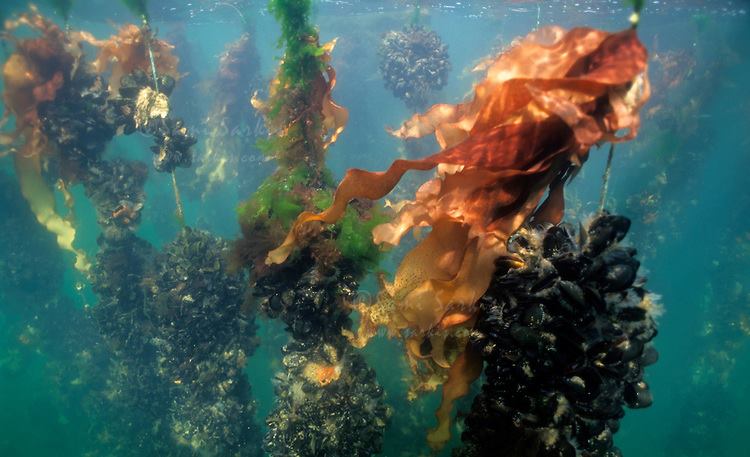
There are many benefits to this innovative farming method. For one, it has the ability to produce a high density of food. One acre of the farm produces 10-30 tons of seaweed and 250,000 shellfish. The simple model and low-gear requirement also makes the farming model easily replicated. One of Green Wave’s primary visions is hundreds (or thousands) of small-scale “3D Ocean Farmers” up and down the coast.
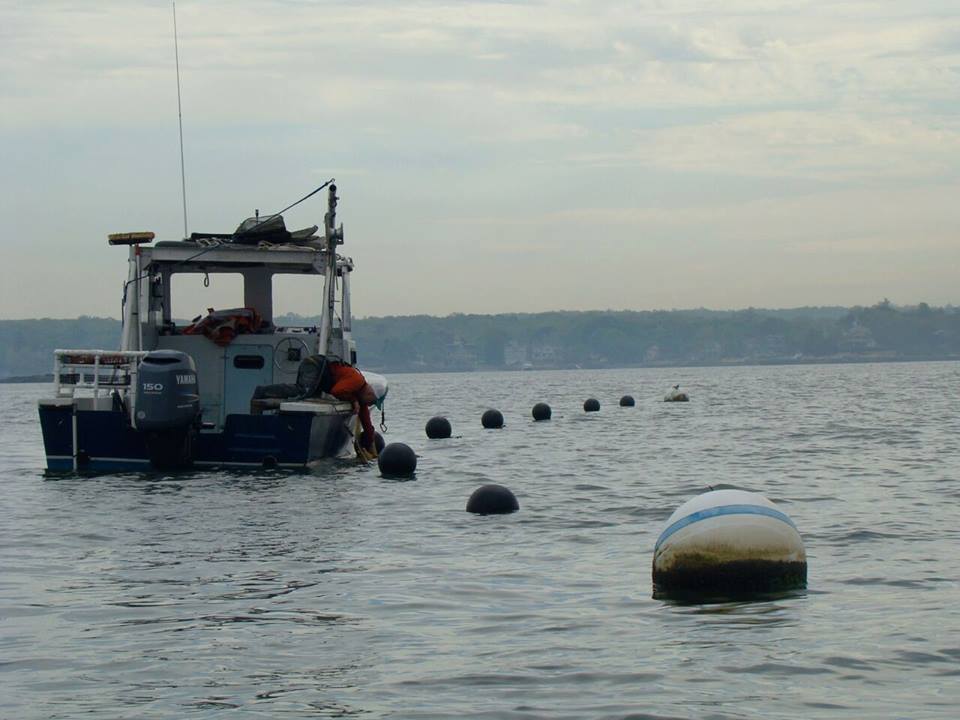
This farming method also potentially has positive ecological impacts. The founder of the organization, Bren Smith, referred to the farming method as, “Regenerative Ocean Farming,” which answers the question: “how do we revive ecosystems with our food production methods?”
One of the staples of the farm is the production of kelp, which is one of the fastest growing plants on the planet and has the ability to sequester high levels of carbon from the water (and atmosphere). Kelp can either be harvested and processed for human consumption, used for animal feed, or added to terrestrial soils as a nutrient source.
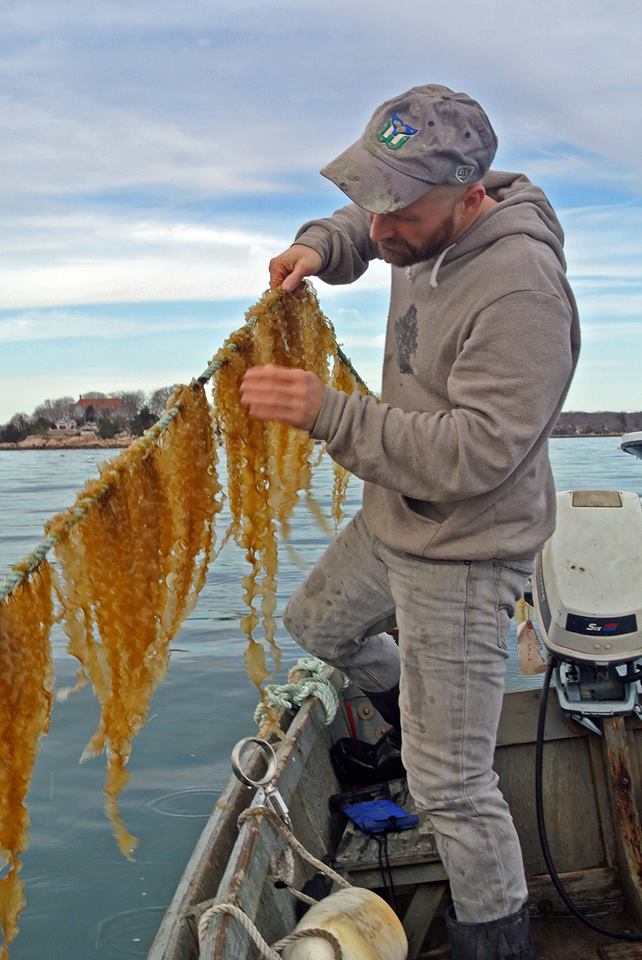
The fact that the whole operation is underwater reduces the aesthetic impact of the farm on the coast and also makes the farm resilient to storm surges. Another benefit of this form of aquaculture is that the shellfish filter water and absorb nutrients which are often pollutants in coastal ecosystems.
Green Wave is currently in the phase of promoting this model of ocean farming and helping small-scale farmers to start their own operations with the help of this umbrella organization. They provide training and expertise, supporting infrastructure, and they are working to expand the market for seaweed. They have a “Farm Start-up Program” to support farmers in starting their own operation.
So are you hungry for steamed mussels with a side of bright green seaweed pasta? This may be a staple dish of the future. The future of food may be, partially, in the sea.
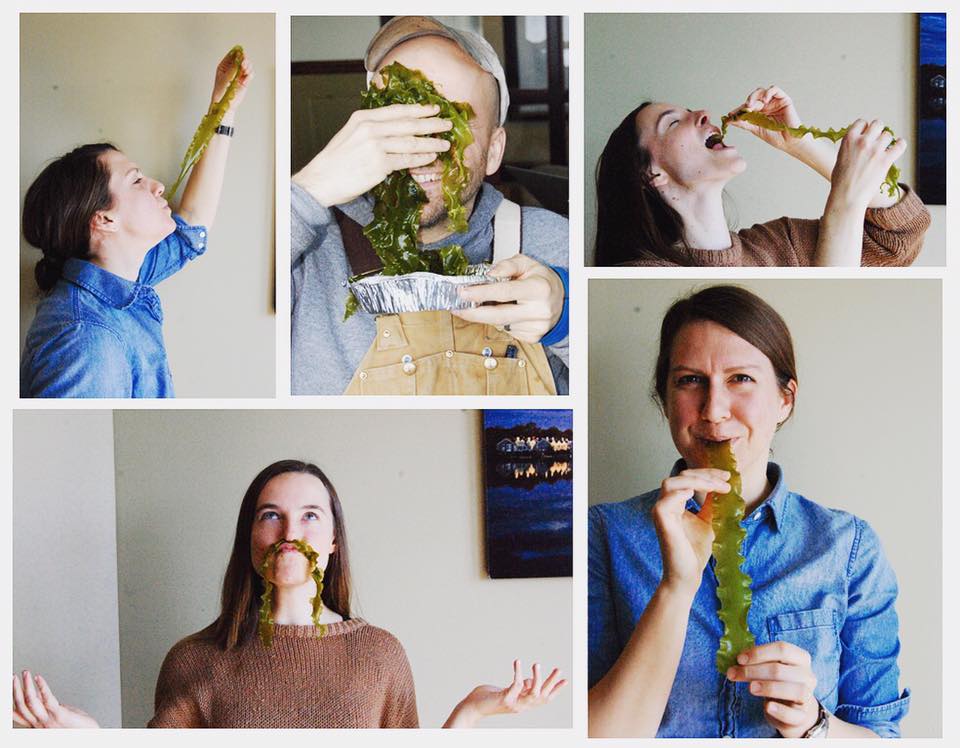
(All photos from Green Wave)
